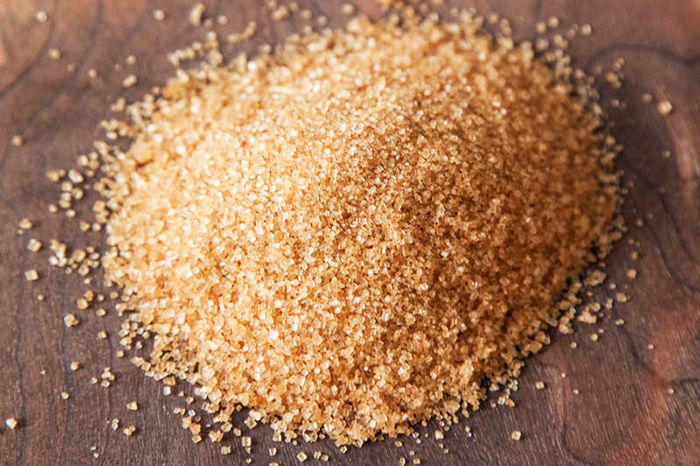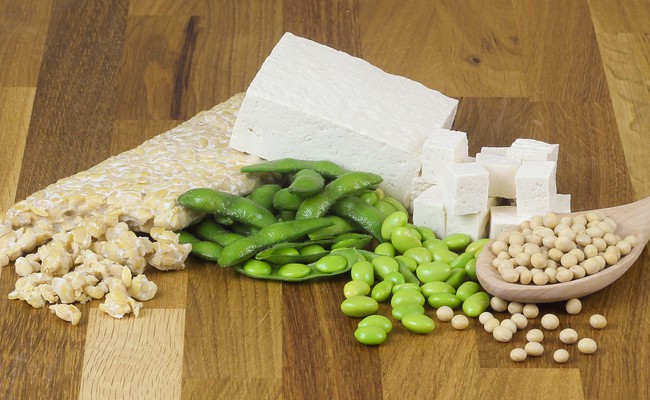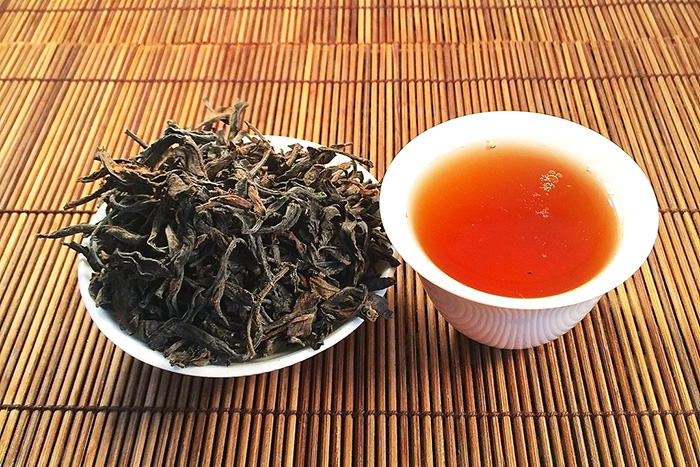Both tofu and tempeh are highly nutritious as they are made from soybeans, which are considered as superfoods. However, these soy-based products are made entirely different from one another, and so they each come with its own set of pros and cons. So which one of them should be welcomed into your diet more often?
Prior to discussing their key differences as well as the advantages and disadvantages of each one, let us first devote a little of our time to the common denominator of tofu and tempeh: soybeans.
Soybeans: The Good and Bad About It
Soybeans are either super healthy or bad for your health, depending on who you ask. While they are definitely loaded with nutrients like dietary fiber, protein, manganese, copper, magnesium, potassium, calcium, selenium, iron, vitamin K and B vitamins, many nutrition experts frown upon them. It’s for the fact that soybeans have certain compounds in them that can cause hormonal imbalance.
What’s more, it is said that up to 90 percent of all soybeans produced in the US is classified as genetically modified organism or GMO!
Then there is also phytic acid present in soybeans. Also sometimes referred to as “antinutrient”, phytic acid is known to bind with certain minerals, keeping them from being absorbed in the intestines.
How Tofu and Tempeh are Made
One of the big differences between tofu and tempeh are the way they are made. Knowing such is crucial in determining which of these soy-based products is better because one process helps in boosting the nutrient content and eliminating unwanted compounds naturally present in soybeans.
Tofu is made by allowing soy milk to curdle. An all-natural coagulant is used traditionally, but modern-day tofu recipes involve the use of a chemical that promotes coagulation. Because certain coagulants contain calcium and magnesium, tofu produced with their use becomes rich in the said minerals.
On the other hand, tempeh is made by allowing soybeans to ferment for a number of days. Once fermented, they are pressed into molds. When you look closely at tempeh, you will actually see the individual soybeans.
Fermenting Helps Boost Nutrient Content
We all know that fermented foods are good for the health, primarily because the fermentation process they all go through causes the formation of probiotics — beneficial bacteria that offers so many health benefits. Clearly, tempeh is friendlier to the gut due to the fact that it is fermented, and so it packs those probiotics.
Additionally, fermentation causes the amounts of some nutrients in soybeans to increase. It’s exactly for this reason why tempeh packs more dietary fiber, protein, manganese, magnesium, copper, phosphorous and B vitamins than tofu.
Here’s one more amazing thing about fermentation: it’s something that helps eradicate phytic acid found in soybeans. In other words, tempeh, being a fermented soy-based product, contains no phytic acid — or the so-called “antinutrient” — so there is nothing in tempeh that can keep certain nutrients from being absorbed by the body.
Not All Tempeh Out There are the Same
Clearly, tempeh is healthier than tofu because of the fact that it has undergone fermentation. However, this does not mean that all tempeh you can find on the current market can outshine tofu.
For instance, did you know that some tempeh varieties out there have undergone a lot of processing? Everyone knows that processed foods are not good for the health. Also, some manufacturers of tempeh add certain grains — sometimes there are even no soybeans present at all, but other types of beans!
Needless to say, it’s very important for you to get your hands on the real deal. When shopping for tempeh, opt for something that has undergone as little processing as possible. Also, it’s definitely a wonderful idea to opt for tempeh out of organically-grown soybeans.
Sources: care2.com








